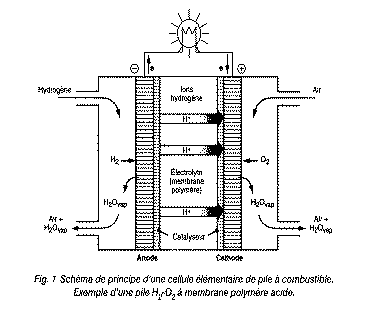The latest technological advances in renewable energy highlight the promising potential of zinc-air batteries to revolutionize hydrogen production. These ingenious devices, by utilizing non-precious materials and integrating innovative catalytic structures, overcome key obstacles in terms of safety and energy efficiency. This evolution could very well be the missing link for the massive adoption of hydrogen as a clean and sustainable energy solution.
Recent research has shed light on the transformation of the hydrogen sector thanks to zinc-air batteries. With their ability to provide a stable and autonomous energy source for hydrogen production, they offer a promising alternative to traditional methods. Unlike systems based on precious metals, these batteries use a non-precious catalyst, reducing costs while enhancing durability and performance. Their operation relies on a zinc-air battery that ensures high energy density and exceptional efficiency, even after many recharge cycles. Moreover, by integrating a water-soluble electrolyte, they minimize fire risks, thus improving safety. This technological progress could revolutionize the way hydrogen is produced and used around the world.

Zinc-air batteries and their revolutionary impact
Recent advances in zinc-air battery systems offer a new perspective on hydrogen production. Unlike conventional methods, these batteries stand out for their better safety and increased efficiency, thanks to the use of non-precious materials and a water-soluble electrolyte. This latter element is essential for reducing fire risks, a major issue in traditional hydrogen production. The integration of the G-SHELL structure also enhances performance, due to its graphene support that optimizes catalytic reactions.
Performance optimization through new innovations
Researchers at KAIST have developed a technology that significantly reduces costs and improves the durability of the catalysts used. The G-SHELL catalyst, made from a complex arrangement of nanometals on a graphene base, facilitates the essential reactions needed for hydrogen production. This innovation not only enhances hydrogen production but also extends the operational lifespan of zinc-air batteries. Furthermore, the zinc-air battery also produces increased energy density, opening opportunities for its integration into broader energy systems, such as those used in the renewable energy sector.
Enhanced safety in hydrogen production
Safety is a major concern when using hydrogen as an energy source. Zinc-air battery systems minimize risks due to their safer design, particularly through the integration of a water-soluble electrolyte, which reduces fire hazard. Additionally, the unique characteristics of these batteries enable them to operate at temperature ranges from -20°C to +45°C, ensuring versatile and stable use. The self-discharge of just 1% per year allows for prolonged storage, making these systems suitable for a variety of applications where safety and reliability are paramount. To learn more about hydrogen and its applications, visit here.
Articles similaires
Thank you!
We will contact you soon.














